I. A Profile
- wendigo
- wiindigoo
- wīhtikow
- wetiko
- Wiindigoo
- Weendigo
- Windego
- Wiindgoo
- Windgo
- Windago
- Windiga
- Wendego
- Windagoo
- Widjigo
- Wiijigoo
- Wijigo
- Weejigo
- Wìdjigò
- Wintigo
- Wentigo
- Wehndigo
- Wentiko
- Windgoe
- Wītikō
- Wintsigo
- Windigoag
- Windegoag
- Wiindigooag
- Windikouk
The Wendigo is a mythological creature or evil spirit originating from Algonquian folklore.
The word appears in many Native American languages, and has many alternative translations.
Sometimes depicted as a creature with human-like characteristics, which possesses human beings. It is said to cause its victims a feeling of insatiable hunger, the desire to eat other humans, and the propensity to commit murder.
In some representations, the wendigo is described as a giant humanoid with a heart of ice, whose approach is signalled by a foul stench or sudden unseasonable chill.
The wendigo is seen as the embodiment of gluttony, greed, and excess: never satisfied after killing and consuming one person, they are constantly searching for new victims.
In some traditions, humans overpowered by greed could turn into wendigos; the myth thus served as a method of encouraging cooperation and moderation.
Other sources say wendigos were created when a human resorted to cannibalism to survive. Humans could also turn into wendigos by being in contact with them for too long.
II. The Madness Sets In
In historical accounts of retroactively diagnosed wendigo psychosis, it has been reported that humans became possessed by the wendigo spirit, after being in a situation of needing food and having no other choice besides cannibalism.
What caused us greater concern was the news that met us upon entering the Lake, namely, that the men deputed by our Conductor for the purpose of summoning the Nations to the North Sea, and assigning them a rendezvous, where they were to await our coming, had met their death the previous Winter in a very strange manner.
Those poor men (according to the report given us) were seized with an ailment unknown to us, but not very unusual among the people we were seeking. They are afflicted with neither lunacy, hypochondria, nor frenzy; but have a combination of all these species of disease, which affects their imaginations and causes them a more than canine hunger.
This makes them so ravenous for human flesh that they pounce upon women, children, and even upon men, like veritable werewolves, and devour them voraciously, without being able to appease or glut their appetite—ever seeking fresh prey, and the more greedily the more they eat.
This ailment attacked our deputies; and, as death is the sole remedy among those simple people for checking such acts of murder, they were slain in order to stay the course of their madness.
The Jesuit Relations, 1661
III. Its Many Faces
A person dressed as the wendigo character from Hannibal at Fan Expo 2015.
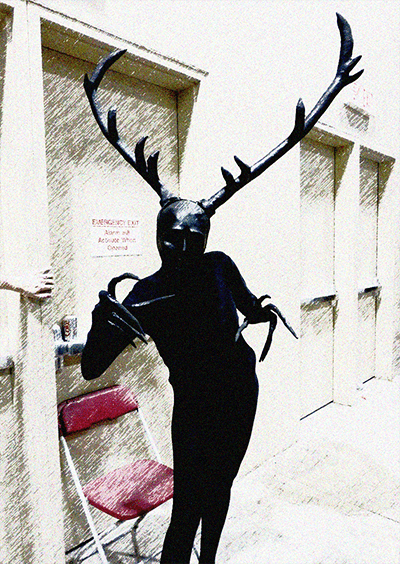
2021 film Antlers by Scott Cooper, where the wendigo is a deer-like creature with a glowing heart that moves from person to person with a never ending hunger.
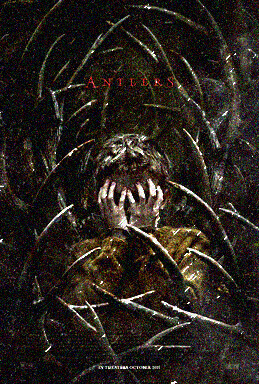
One of its first appearances is in Algernon Blackwood's 1910 novella The Wendigo.
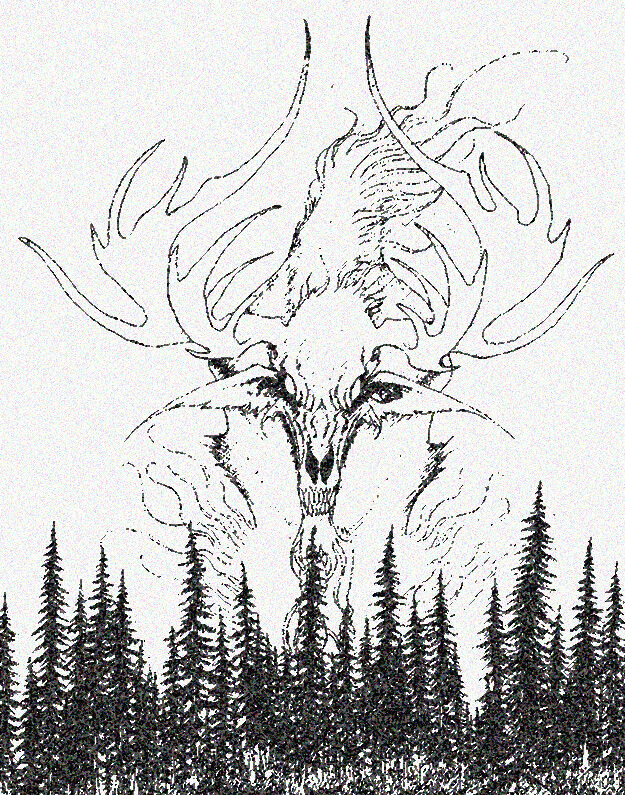
Cover of a radio play by Steven H. Patterson, a character mentioned in video game Fallout 76.
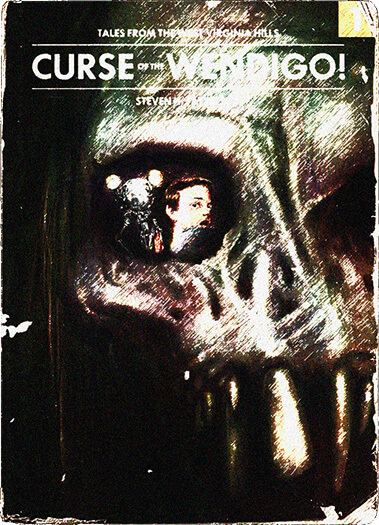
2014 American horror film Dark Was the Night.
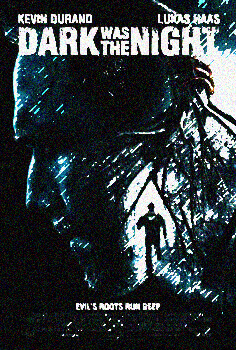
2018 first-person shooter video game Dusk, where wendigos are invisible enemies.
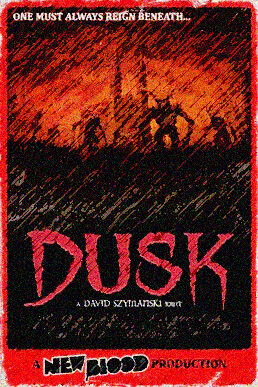
The Ithaqua, also known as the Wendigo, is a humanoid giant created by author H. P. Lovecraft.
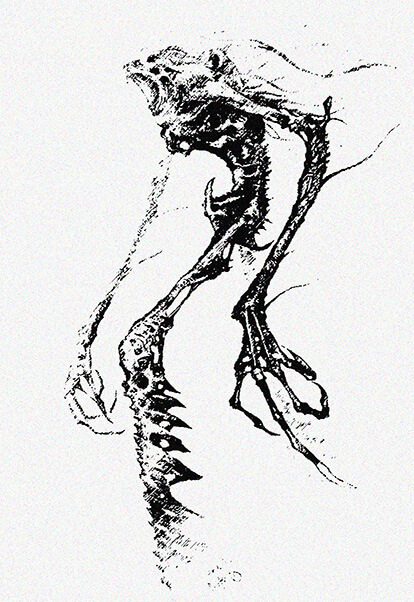
Silver-haired Marvel Comics monster that results from a curse afflicting those who commit cannibalism.
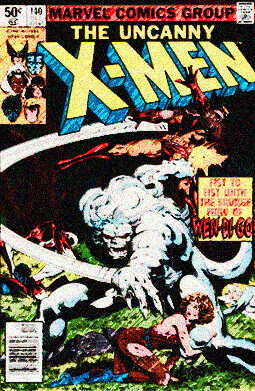
Stephen King's novel Pet Sematary, where it is evil personified–an ugly grinning creature.
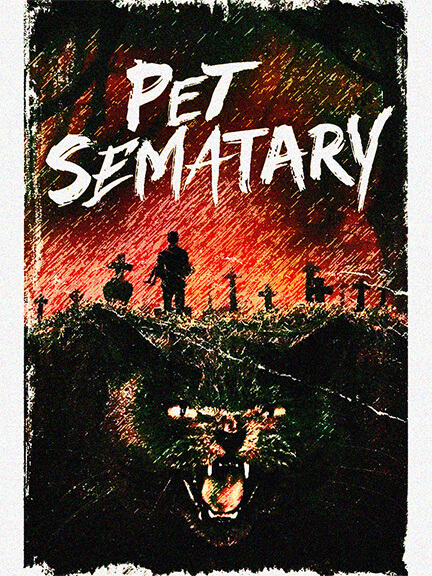
Ravenous, a 1999 horror comedy Western cannibal film.
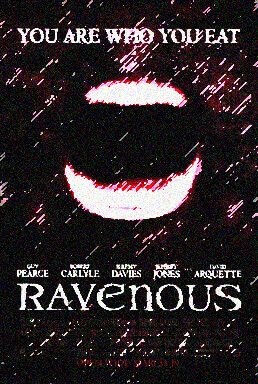
An artist's rendition of the Wendigo.
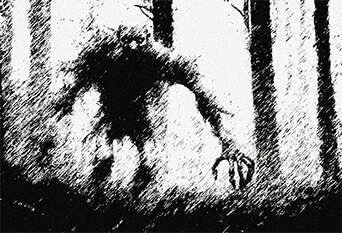
IV. The Unseen Truth
As a concept, the wendigo can apply to any person, idea, or movement infected by a corrosive drive toward self-aggrandizing greed and excessive consumption, traits that sow disharmony and destruction if left unchecked.
Ojibwe scholar Brady DeSanti asserts that the wendigo "can be understood as a marker indicating... a person... imbalanced both internally and toward the larger community of human and spiritual beings around them."
Out of equilibrium and estranged by their communities, individuals thought to be afflicted by the wendigo spirit unravel and destroy the ecological balance around them.
According to Professor Chris Schedler, the figure of the wendigo represents "consuming forms of exclusion and assimilation through which groups dominate other groups."
This application allows Native Americans to describe colonialism and its agents as wendigos since the process of colonialism ejected natives from their land and threw the natural world out of balance.
Wendigo can also serve as a metaphor explaining any pattern of domination by which groups subjugate and dominate or violently destroy and displace.
Wendigos are an expression of a dark aspect of human nature: the drive toward greed, consumption, and disregard for other life in the pursuit of self-aggrandizement.
Joe Lockhard, English professor at Arizona State University
Credits
Based on the Wikipedia article about the Wendigo.